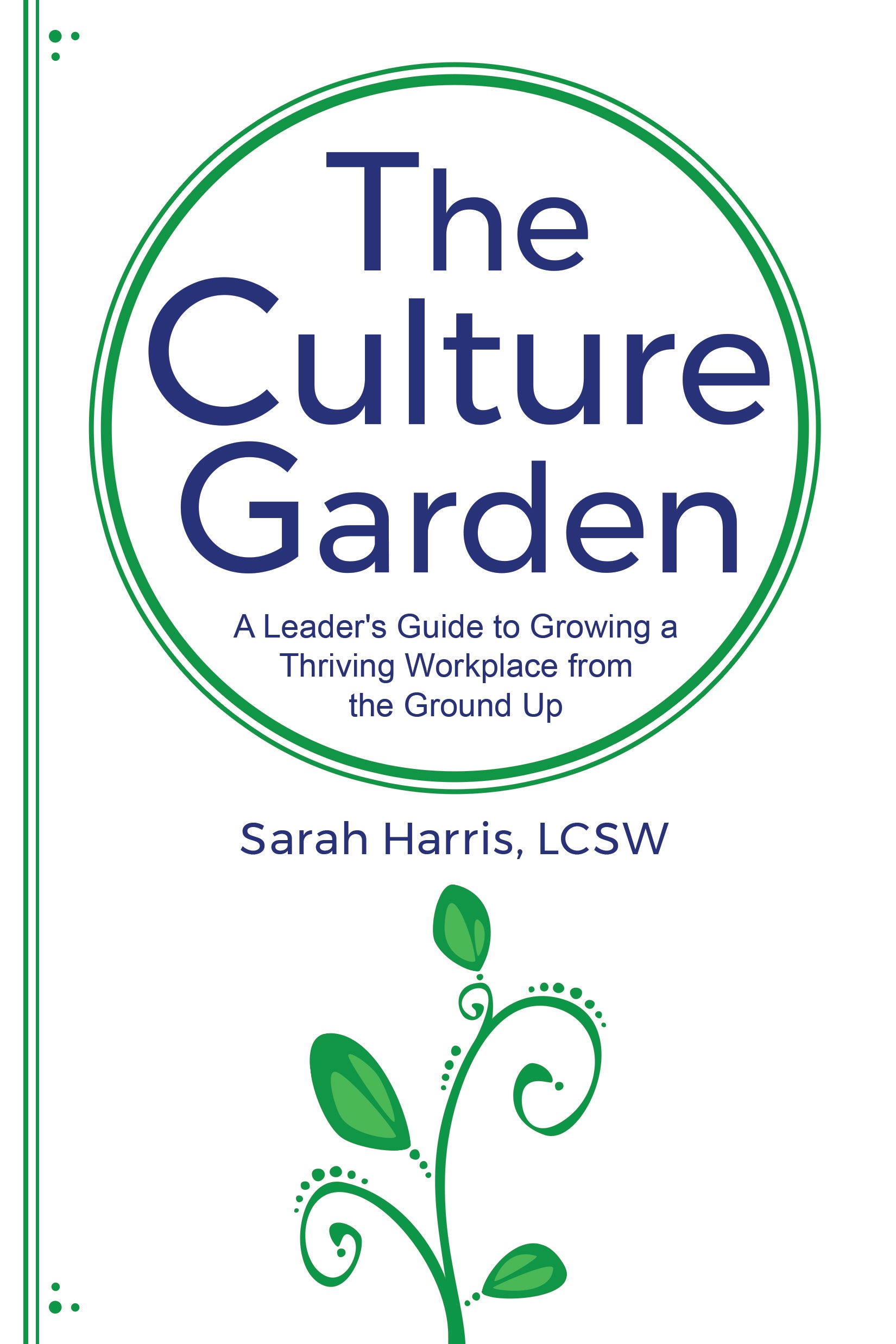Why Workplace Culture Matters
Why does workplace culture matter? The days of the “company man” are gone. The workplace culture in the United States used to foster an expectation that once you start with a company, you will stay with that company until you retire. Mugs, pens, and plaques were given every 5, 10, 15, and 20 years to celebrate an employee’s tenure with the company. However, those times have passed, and today’s employees are looking for respect, growth, collaboration, and opportunities to make their mark in the industry.
If you are a leader looking to retain your employees, it is going to be important to foster a workplace culture that promotes these ideas.
An example of this culture can be found in the 1995 film, Jumanji. David Alan Grier’s character, Carl, believed he worked in such a place. While working for the Parrish Shoe Company, Grier’s character, a lineman in the assembly line, designed a sneaker that he believed Wilt Chamberlain would want to wear, and then everyone in the country would want a pair too. The sneaker was completely different from anything the company was developing at the time. However, the character’s excitement about his design and Mr. Parrish’s willingness to meet with him demonstrated a workplace culture where employees feel valued. Spoiler alert, the shoe is accidentally destroyed before it can be shown. However, it is important to note that the employee, who, from a hierarchical standpoint, did not have a strong standing, believed that his ideas would be heard and valued. That is what a healthy workplace culture looks like – everyone feels heard, seen, and valued.

The Leader’s Role in Shaping Culture
The question becomes, what is the leader’s role in cultivating the garden of a healthy workplace culture? It does not happen by accident or by a single grand gesture; it is cultivated by everyday choices that leaders make. It is in what a leader says, allows, and models. Consider this example: A manager might say to their employee, “It’s fine, just take a package of paper from the supply room, nobody is going to miss one package of paper. I know you don’t want to have to stop at the store on the way home to get paper for your child’s project.” On the surface, it looks like a very nice gesture by the manager and an effort to help their employee. However, encouraging an employee to take office supplies for personal use, then opens the door for another employee to do the same thing. These kinds of allowances then create a culture of cutting time, inefficient use of work hours, and general permission for “minor” rule-breaking. Consider this response instead: “Would you like help running that report so you can be sure to get off on time to be with your family?”
The role of a leader is to foster a culture where expectations of how to respond and interact with coworkers and customers, as well as handling unexpected events, are understood even when leadership is not on site. It is a culture where employees know that leadership will support them in these choices.
Overview of the Three Tools
In this book, I intend to guide you through how to use three components: communication, physical space, and policies, to cultivate a healthy workplace culture within your setting.
In deciding to focus on these three components, I am seeking a way to address a variety of ways that employees report that they feel disconnected, unappreciated, and unseen. These areas each have their own contributions to building a healthy culture.
Communication – Simply changing a few words or being aware of your body language can significantly improve the experience for everyone involved.
Physical space – An environment affects mood and concentration.
Policies – The rules we write and enforce reflect what we truly value.
Publishers Note:
You’ll receive a FREE copy of Sarah’s book if you sign up for her 90-minute workshop on September 9th at the Hyatt House Augusta on Mason McKnight Parkway.
Click HERE for more information.









